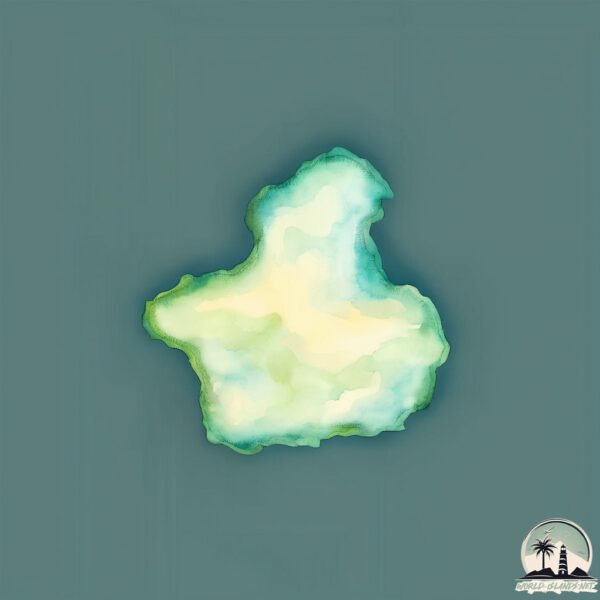Welcome to Nisída Chondrós , a Temperate island in the Aegean Sea, part of the majestic Atlantic Ocean. This guide offers a comprehensive overview of what makes Nisída Chondrós unique – from its geography and climate to its population, infrastructure, and beyond. Dive into the details:
Geography and size of Nisída Chondrós
Size: 0.215 km²Coastline: 2 kmOcean: Atlantic OceanSea: Aegean SeaContinent: Asia
Nisída Chondrós is a Tiny Island spanning 0.215 km² with a coastline of 2 km.
Archipel: –
Tectonic Plate: Aegean Sea – Located in the eastern Mediterranean, this microplate is characterized by seismic and volcanic activity due to its interaction with the Eurasian and African Plates.
The geographic heart of the island is pinpointed at these coordinates:
Climate and weather of Nisída Chondrós
Climate Zone: TemperateClimate Details: Hot-Summer Mediterranean ClimateTemperature: Hot Summer
Climate Characteristics: Characterized by hot, dry summers and mild, wet winters, typical of coastal areas with abundant sunshine.
Topography and nature of Nisída Chondrós
Timezone: UTC+02:00Timezone places: Europe/MariehamnMax. Elevation: -4 m Mean Elevation: -5 mVegetation: Open WoodlandTree Coverage: 90%
The mean elevation is -5 m. Remarkably, this unique island barely emerges above the sea level, showcasing nature’s fascinating interplay with the ocean. The island is characterized by Plains: Flat, low-lying lands characterized by a maximum elevation of up to 200 meters. On islands, plains are typically coastal lowlands or central flat areas.
Dominating Vegetation: Open Woodland
Vegetation: 2 vegetation zones – Low Diversity Island
Infrastructure and Travelling to Nisída Chondrós
Does the island have a public airport? no .
Does the island have a major port? no .
The mean population of Nisída Chondrós is 39 per km². Nisída Chondrós is Gently Populated. The island belongs to Turkey .
Continuing your journey, Nisí Sými is the next notable island, situated merely km away.
Error 403 The request cannot be completed because you have exceeded your
quota . : quotaExceeded
Turkey is classified as Emerging region: MIKT: Mexico, Indonesia, South Korea, and Turkey – Economies recognized for their development potential and emerging market status. The level of income is Upper middle income.
News – Latest Updates and Headlines from Nisída Chondrós
Stay informed with the most recent news and important headlines from Nisída Chondrós. Here’s a roundup of the latest developments.
Loading...
Please note: The data used here has been primarily extracted from satellite readings. Deviations from exact values may occur, particularly regarding the height of elevations and population density. Land area and coastline measurements refer to average values at mean high tide.

